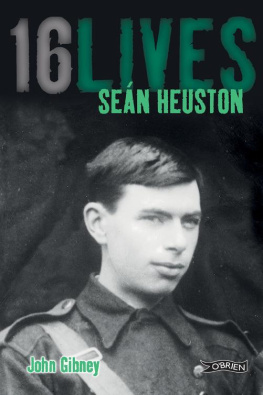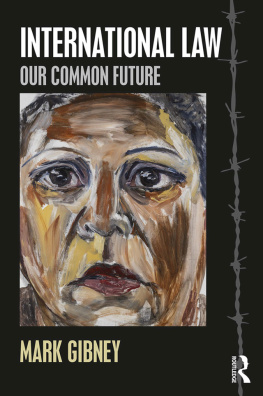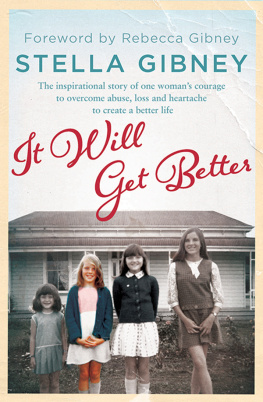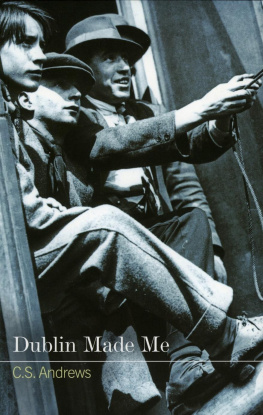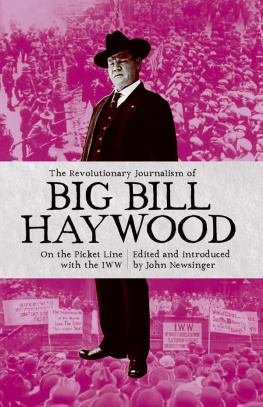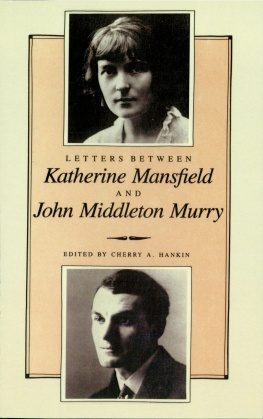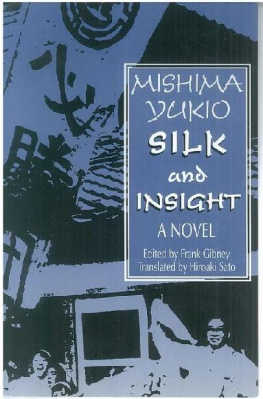This book has its origins in the authors background in conducting historical walking tours in Dublin, and they would like to thank a few colleagues and friends who have also walked the beat or otherwise lent a hand over the years: Peter Ballagh, Lorcan Collins, Conor Dodd, Tara Doyle, Mark Duncan, Las Fallon, Liz Gillis, Tommy Graham, Brian Hanley, Carole Holohan, Mire Kennedy, Edward Madigan, Conor McNamara, Ciarn Murray, Grace OKeefe, Paul Reynolds, and the staff of University College Dublin Adult Education Centre. Finally, we would like to dedicate this book to the memory of the late Shane Kenna and the late Shane Mac Thomis.
I n James Joyces short story Ivy Day in the Committee Room, a group of unenthusiastic canvassers take a break from electioneering for a nationalist candidate in an unspecified room on Wicklow Street. Bottles of porter arrive, and, given that it takes place on Ivy Day (6 October, the anniversary of the death of Charles Stewart Parnell), talk turns wistfully to their lost leader. In this sense, the characters look resolutely backwards to what might have been, in a concrete example of the paralysis that Joyce famously spoke of. Yet within a number of years of the publication in 1914 of Dubliners, the city in which it was set was gripped by political and social upheaval far removed from the concerns and beliefs of the characters in the committee room. Joyces characters were serving a cause that of Irish Home Rule that was in the doldrums at the turn of the twentieth century. Yet had the story been set a decade or two later, the cause they served would have been dead, swept away by the revolution that took place in Ireland between 1912 and 1923. What this book is intended to do is to explore that revolution in Irelands capital, far beyond Joyces fictional room in Wicklow Street.
DUBLIN ON THE EVE OF REVOLUTION
Dublin in the second decade of the twentieth century was a city of over 300,000 people. Viewed from above, the city was almost oval shaped, being largely confined between the Royal Canal to the north and the Grand Canal to the south, with some urban growth spilling over these boundaries in the shape of new suburbs, especially south of the Grand Canal. Viewed from street level, Dublin was a city that had been shaped in the Georgian and Victorian eras. From the late seventeenth century onwards, a street plan had been created that was still largely the framework of the early twentieth-century city. Private developments and major public building characterised the remarkable growth of the Georgian era, and this was added to in the nineteenth century. Dublin had a distinctive history in the nineteenth century, one that was shaped, as ever, by the wider patterns of Irish history.
The origins of Dublin can be traced back to the Vikings, and by the early modern period it had become a colonial bridgehead for the British conquest and colonisation of that era. It grew dramatically in the eighteenth century as the capital of a semi-autonomous kingdom, governed by a Protestant landowning elite of British descent, and subservient, to all intents and purposes, to Britain. The Act of Union that came into effect in 1801 integrated Ireland into an expanded United Kingdom, and one concrete manifestation of this was the integration of the Irish parliament, previously based in the elaborate Parliament House on College Green, into its British counterpart in London. The loss of the parliament also ensured that Irelands resident aristocracy slowly vacated the city as they lost a prime reason for being there, and the sense of decline that followed the union was exacerbated by economic downturns after the end of the Napoleonic Wars in 1815, and the ending of customs barriers with Britain in the 1820s. Yet Dublin continued to grow in the nineteenth century, albeit at a reduced rate. It had been a city of administration for centuries, housing the main courts, banking services, government and what was until the nineteenth century Irelands only university (i.e. Trinity College). Dublin continued to be a major regional capital within the United Kingdom, though its traditional industrial base (such as textile manufacturing) was whittled away. Dublin was the largest port on the island of Ireland and served as a transit point for the export of food and the importation of British goods. The vast bulk of its trade was with Britain, rather than the rest of the world. Crucially, Dublin was not an industrial city; it was distinctive amongst the major cities of what was then the United Kingdom in lacking heavy industry. By 1911, perhaps only 20 per cent of the male workforce was employed in manufacturing.
What Dublin did have by the turn of the twentieth century was a much-improved infrastructure, in the form of railways and an extensive tram network, and a new ring of suburbs around the fringes of the two canals. These were related to a significant social change, as the emerging Catholic and Protestant middle classes of the Victorian era abandoned the inner city. The converse of this was that much of the inner city had, in the second half of the nineteenth century, declined into tenements. In Dublin, a higher ratio of the population lived in slums than in any comparable British city.
In religious terms, Dublin was still approximately 83 per cent Catholic, according to the 1911 census, though migration to the suburbs ensured that in some of these there was a much higher proportion of Protestants, who were often politically unionist. Nationalist Dublin was firmly in the hands of the Home Rule movement, but there was scope for more radical (albeit fringe) political parties, such as Arthur Griffiths Sinn Fin, not to mention the labour and suffrage movements. The city had its own police force, the Dublin Metropolitan Police or DMP, often populated by migrants from the country. Indeed, Dublin had a sizeable immigrant population, largely from neighbouring counties but also from overseas, with the demands for skilled labour and the presence of the British Army ensuring that British immigrants were quite numerous. And sport, leisure, theatrical venues, pubs and consumer culture were also part and parcel of life in a city that was soon to become one of the focal points of the Irish revolution.
THE REVOLUTION
We saw a vision of Ireland, free, pure, happy. We did not realise this vision. But we saw it.






